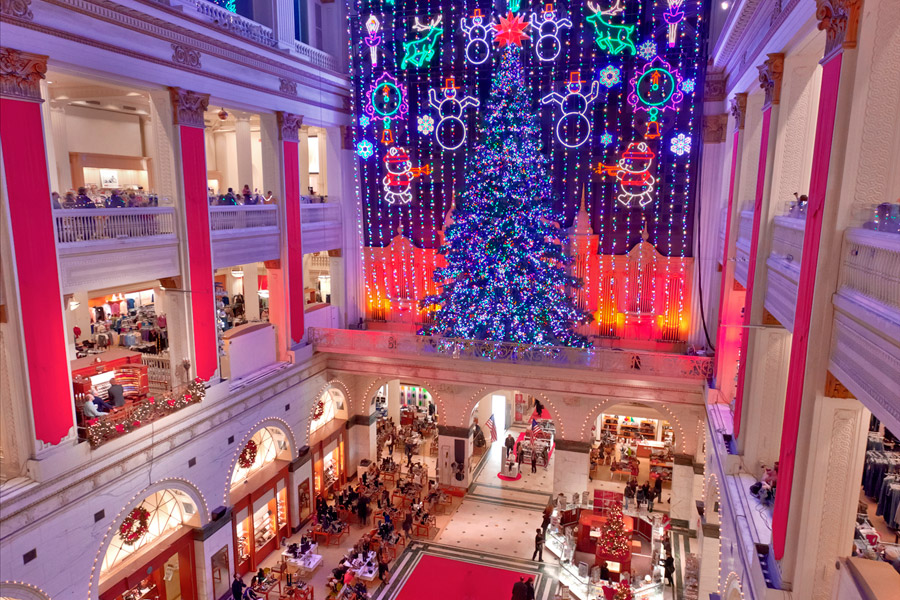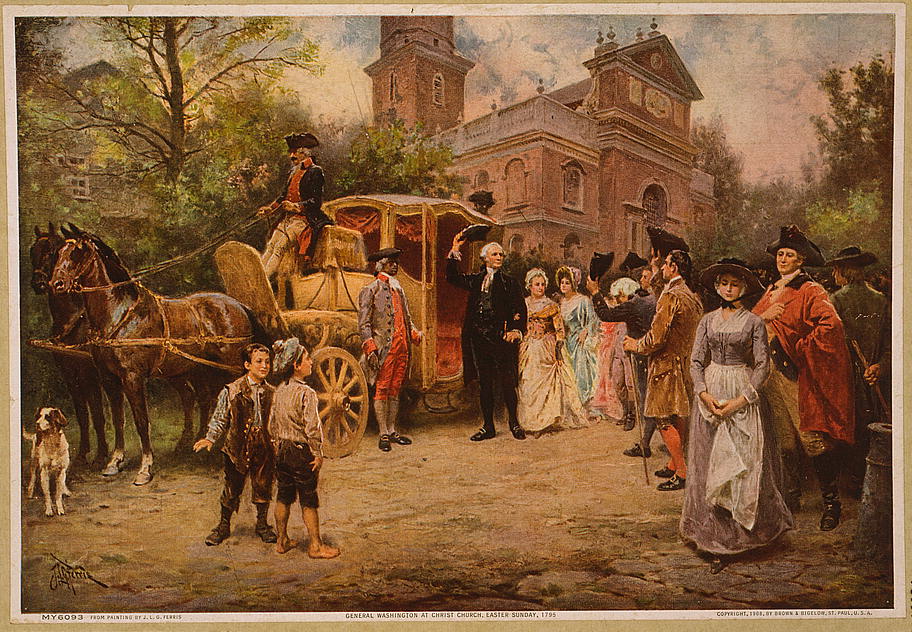The City of Brotherly Love: a Brief Reflection
This past weekend, my wife and I visited Philadelphia to share an afternoon with an old friend. Instead of “visited,” I should say returned. Philadelphia was our home for nearly five years. In Philadelphia, I spent the more formative years of my young adulthood, met the woman who would become my wife, discovered the joys and aggravations of urban living, and experienced a world beyond my own for the first time. This was my wife’s and my first return in several years. Time appears to have treated Philadelphia well.
Holiday shoppers packed the downtown sidewalks and spilled into the narrow streets. Families watched the Christmas light show at the old Wanamaker’s department store. Ambitious cooks searched for ingredients and dishes at the Reading Terminal Market. Literature lovers crowded the narrow Joseph Fox Bookshop. Philadelphia was busier and brimming with more activity than I certainly remember, and we didn’t even stay out late enough to witness the nightlife. This great American city appeared to be bustling and thriving once again.

Wanamaker’s Christmas Light Show (Courtesy of Visitphilly.com).
Philadelphia offers restaurants, bars, entertainment, culture, all the expected staples of urban living. Walking through the streets of Olde City on an early Sunday morning, I recognized what makes Philadelphia a truly unique and wonderful city: a slow, relaxing, yet completely rich manner of urban living, coupled with an almost absurd amount of history.
An early riser, I let my wife sleep in and ate a solitary breakfast in the eighteenth-century parlor of the Thomas Bond House. The chairs creaked with every movement. Footsteps rang along the old hardwood floors. Replicas of colonial maps decorated the walls. For a moment, I imagined myself dining with great minds preparing to debate the wording and the intent of the Declaration of Independence. The Thomas Bond House is no ordinary bed and breakfast: it is a landmarked building owned by the National Park Service.
A chill clung to the morning air as I wandered from the inn and strolled through the peaceful streets. A gray-haired couple walked along the cobblestone lane leading to the magical, storied grounds surrounding Independence Hall. A man played with his dog in the small park adjacent to Christ Church, where George Washington attended services. Two employees bickered in a cluttered used bookstore. A family stood outside the Betsy Ross House, cheerfully waiting for the site to open. The Arch Street Friends Meeting House, a Quaker community, welcomed Sunday worshipers.

J.L.G. Ferris, General Washington at Christ Church, Easter Sunday, 1795 (Courtesy of the Library of Congress).
Residents seemed to ease into their Sunday morning routines, bumping into acquaintances in line at the coffee shop or chatting with a friend over a delicious, gut-busting breakfast at a tavern. They lacked the frazzled energy and constant motion endemic to nearby Washington, D.C. or New York. At that moment, sipping a cappuccino or relishing a decadent piece of French toast was all that mattered.
This manner of living defines (at least, for me) Philadelphia. One can find his or her own pursuits and carve out a calm, delightful life in this great American city. Furthermore, few places in America can claim such rich, deep, and varied veins of history. The past is alive and well in Philadelphia. The present is pretty good, too.